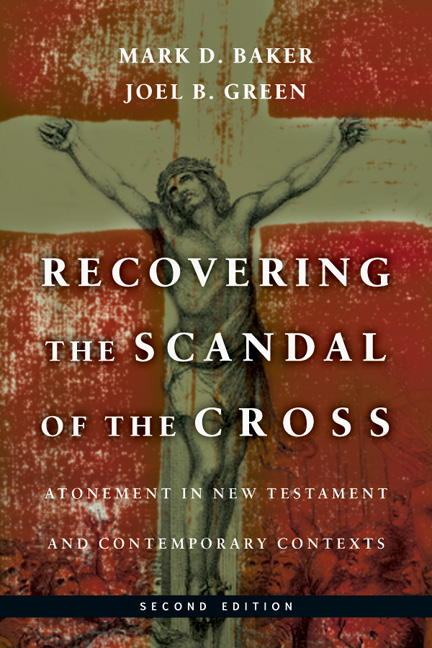
In the past few decades, scholarship has cycled back and forth into discussions about the cross, crucifixion, and atonement: criticism against the cross, criticism against criticisms, and more have flooded academia’s wetlands causing both demolished lands and fertile potentials. Some say the cross is too scandalous; others say not scandalous enough. Some say the crucifixion is too problematic; others say not problematic enough. Some say the atonement is much to be blamed for; others say the atonement actually unmasks the true perps. Unlike the doctrines of the two natures of Christ and the trinity, there was never an early great ecumenical council to hammer out (pun intended) what the cross did and meant. That it happened is unquestionable. What of it begs many questions.
Thus, Baker and Green try to untangle the frayed twine not of academia, per se, but of popular level understandings of atonement. Specifically in mind is a reductionistic understanding of penal substitution model — which currently dominates American Evangelicalism. So, they go back to Paul and the Gospels and the Western traditions in survey form and find that popular level understanding of the penal substitution is not “the clearest and most self-evident” reading. Rather, that sort of understanding is a tradition that stems from Charles Hodge, who privileged Western legal court room context. Baker and Green, however, do not throw out the baby with the bathwater but espouse that a kaleidoscopic understanding the cross-event is wanted, even penal substitution. In fact, most of the problematic features of atonement theories (which many critics have pin-pointed) come from a narrow, limited, one-size-fits-all approach to atonement. Baker and Green argue that there never was and that there never should be just one atonement theory, but theories.
This is a great introduction to modern discussions about the atonement.
